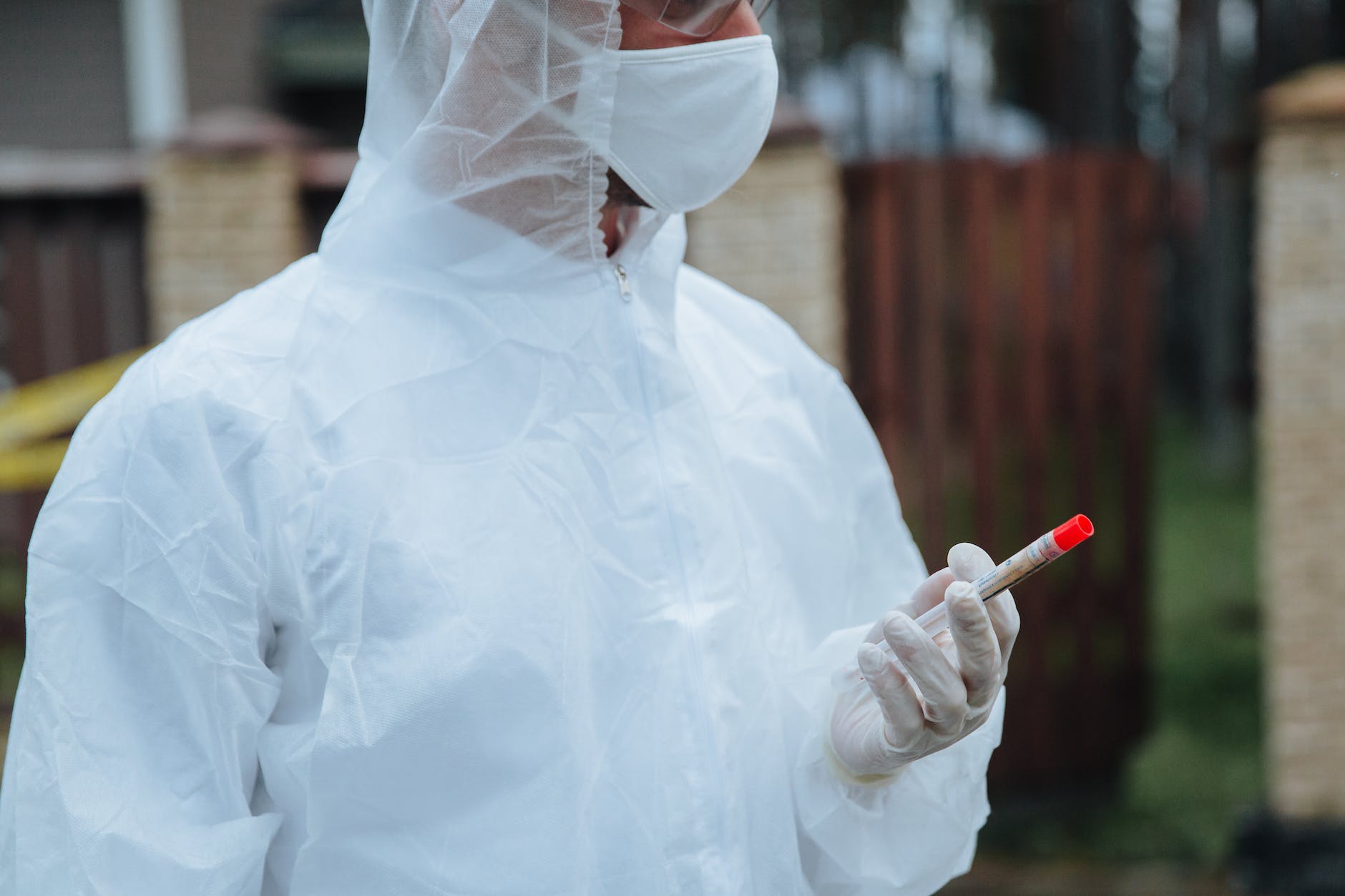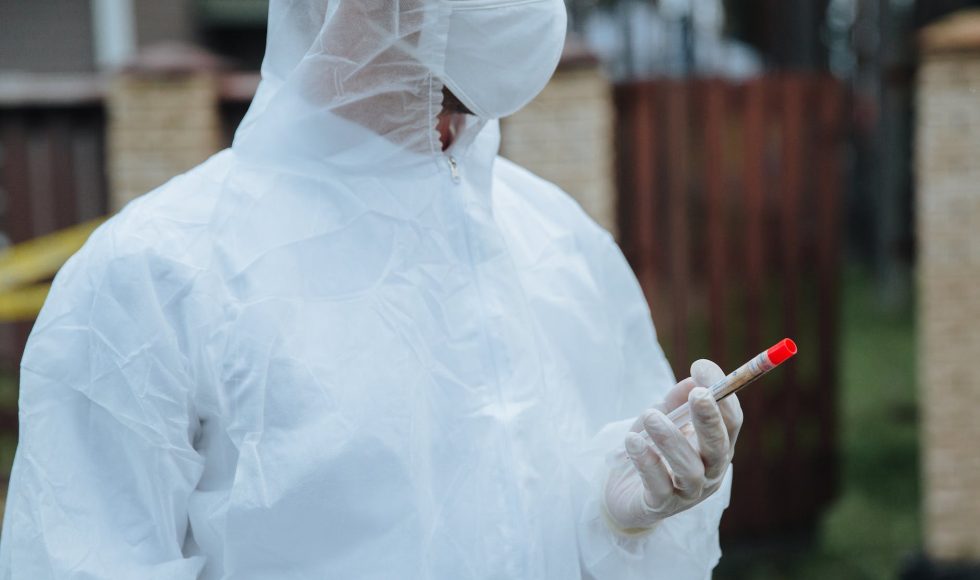Rupesh Kesharwani from the Human Genome Sequencing Center at Baylor College of Medicine presented at London Calling 2022 a session entitled “STRspy-ing hidden variation in forensic DNA profiles with the MinION.” Kesharwani is a senior scientific programmer and explained that short tandem repeats (STR) vary in number between individuals. They spoke about cases solved with DNA fingerprinting, including the Golden Gate Killer. Traditional approaches use length-based typing. Full sequence STR analysis could be much more powerful. Current challenges include PCR artifacts/stutters, allele similarity/diversity, sequence diversity within and around STRs. Kesharwani developed a novel workflow called STRspy they published. They created a custom STR database with STR flanking regions. They then developed genomic alignment of STRs from Nanopore sequencing. The data is processed, normalized, and allele predictions are made. The STRspy approach addresses several of the challenges of current approaches. STRspy was able resolve isoallele with 15 and 30 cycles. Preliminary results suggest that STRspy is portable, fast, and accurate. The workflow addresses issues reported in traditional methods such as length-based typing, sequence variation, and PCR artifacts. The approach and software will help develop and improve STR identification and comparison.



